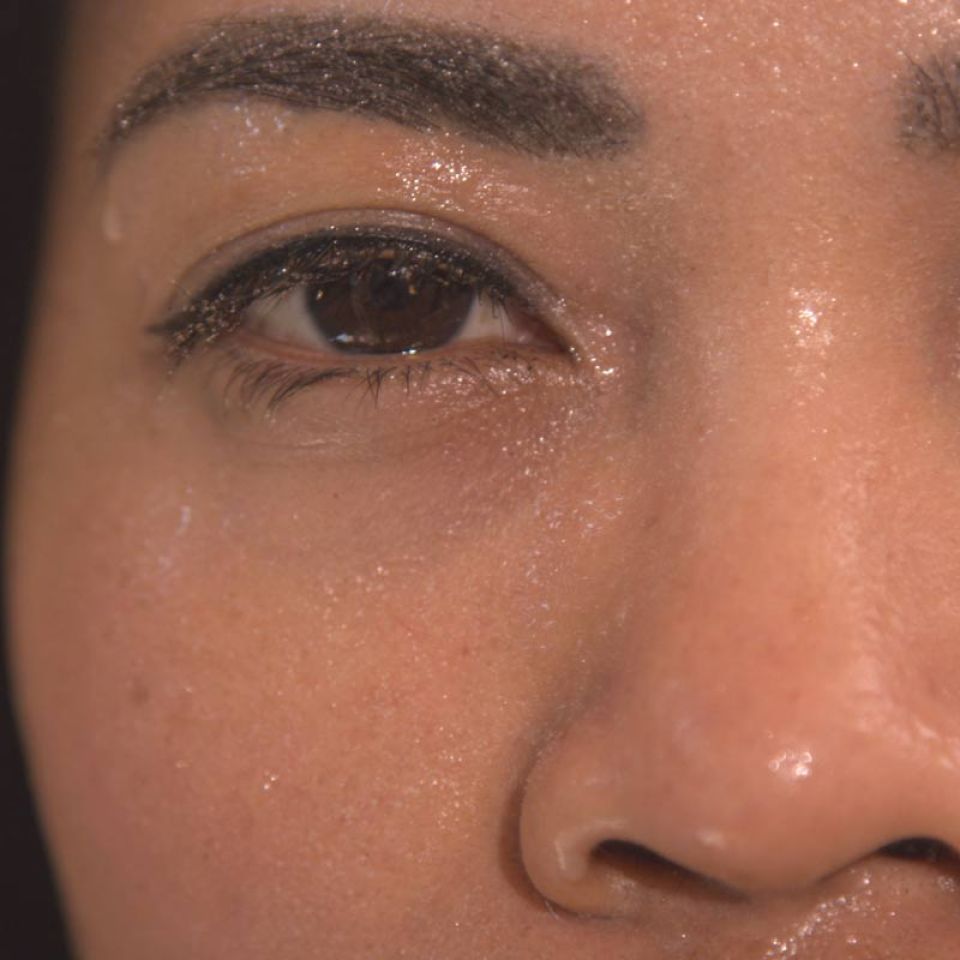Step into a hot room and your body gets busy. Heart rate climbs a little, blood vessels open, and warm blood flows to the skin to shed heat. Give it 10-20 minutes and many people feel looser, calmer, and a touch euphoric. That feel-good shift isn’t “all in your head” - it reflects real, measurable changes in brain-and-body chemistry triggered by heat.
What heat does - in simple terms
Saunas (dry heat, typically 70-90°C) and steam rooms (lower temperature, near 100% humidity) both create a controlled heat stress. Your nervous and endocrine systems respond much like they do to light-to-moderate exercise: endorphins rise, norepinephrine (noradrenaline) nudges alertness, prolactin and growth hormone climb, and stress chemistry can settle afterwards with a drop in cortisol. Together, these shifts help explain why you feel relaxed yet clear-headed when you step out.
Put simply: that post-heat calm is a real physiological response, not just a spa vibe.

Why mood often lifts after a hot session
Endorphins are the body’s own pain-and-stress buffers. Heat exposure can raise circulating beta-endorphin, which maps neatly onto that post-sauna ease and mild euphoria. At the same time, a rise in norepinephrine supports alertness and focus without feeling wired, while prolactin and growth hormone increases are commonly observed during hot sessions. After you cool down, cortisol - the “get things done under pressure” hormone - often drifts lower, fitting the calm, de-stressed state many people report.
In plain English: heat gently presses your body’s “reset” buttons - less tension, more calm, clearer head.
Sleep tends to feel easier too
Warm up, then cool down - that sequence can help sleep feel more natural. A session in the evening often leaves people sleepy as core temperature falls, which aligns with your body’s natural pre-bed drop. The chemistry above (endorphins and a post-session calming of stress hormones) complements that effect.

Neuroplasticity: the BDNF question
BDNF (brain-derived neurotrophic factor) is a messenger that supports learning, memory, and brain resilience. Small human studies suggest that acute heat stress - including hot water immersion or sauna-like exposures - can transiently raise circulating BDNF, and repeated heat sessions may sustain that signal over time. It’s early-stage evidence, but it helps explain why heat, like exercise, is being explored for brain health.
Bottom line: heat may boost the brain’s learning-and-memory pathways much like exercise - promising, though evidence is still developing.
Sauna vs steam: does one win for the brain?

Both can deliver the mood-and-sleep benefits above. The key driver is total heat load, not whether the air is dry or steamy. Dry saunas run hotter but feel more tolerable because sweat evaporates; steam rooms feel hotter at lower temperatures because sweat can’t evaporate. If you’re heat-sensitive, you may manage the dose more precisely in a dry sauna (shorter bouts, quick cool-offs). If you prefer the enveloping feel of steam, keep sessions gentle and short - you’re aiming for “relaxed and clear,” not “overcooked.”
Tip: whichever you choose, the “dose” that works is the one that leaves you unhurried, hydrated, and feeling better 30-60 minutes later.
How to get the feel-good benefits safely
- Start small: 8-12 minutes, cool off, then repeat once if you still feel fresh.
- Hydrate before and after; add a small pinch of salt if you’re a heavy sweater.
- Evening edge: for sleep support, try your session 60-90 minutes before bed.
- Listen to your body: dizzy, nauseous, chest-tight, or “not quite right”? End the session, cool down, and rehydrate.
- Who should ask first: pregnancy, unstable cardiovascular disease, fainting tendencies, and heat-triggered asthma. If in doubt, check with your clinician.

In short
Sauna and steam don’t “hack” your brain - they nudge natural systems you already have. A sensible dose of heat can boost endorphins, shift stress chemistry, and help sleep unfold, with early research pointing to short-lived rises in BDNF. Keep it comfortable, keep it hydrated, and treat heat like you would a workout: regular, enjoyable, and never overdone.
Sources and further reading
- Laukkanen et al. Cardiovascular and other health benefits of sauna bathing — review (Mayo Clinic Proceedings, 2018)
- Kukkonen-Harjula & Kauppinen. Endocrine effects of sauna bath — overview of GH, prolactin, beta-endorphin, cortisol responses
- Hannuksela & Ellahham. Haemodynamic and hormonal responses to Finnish sauna — classic human study
- Hori et al. Hot water immersion raises serum BDNF in healthy adults (European Journal of Applied Physiology)
- Repeated hyperthermia exposure increases circulating BDNF — randomized controlled trial (human)
General information only - not medical advice. If you have a health condition or take prescription medicines, speak with your clinician before starting heat therapy.




